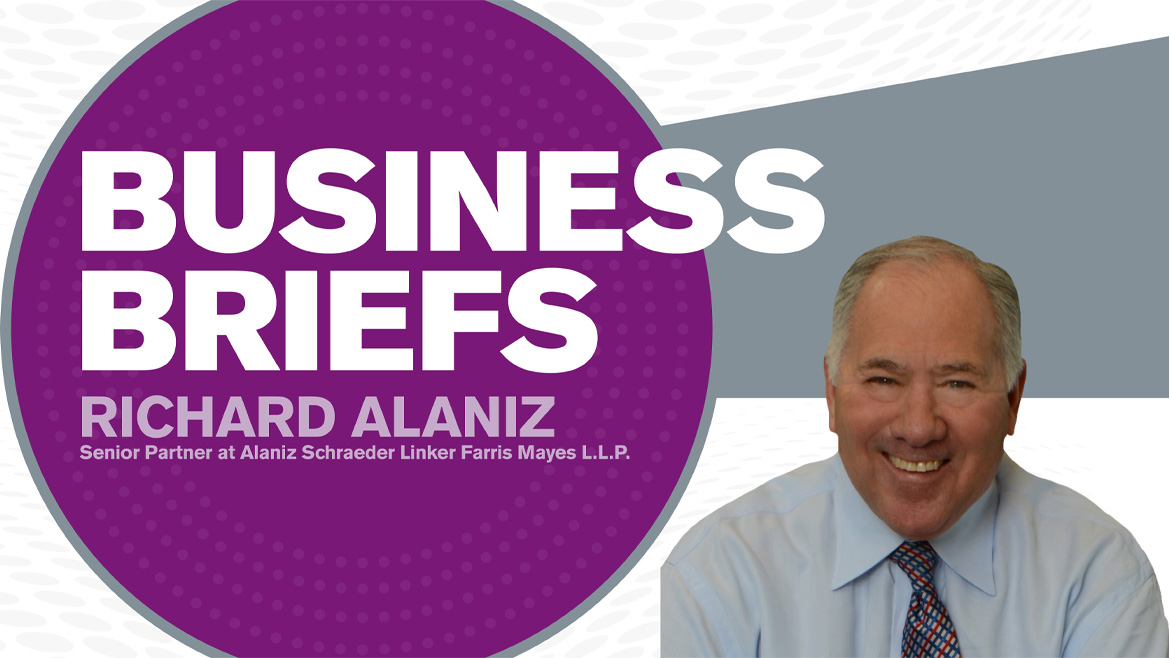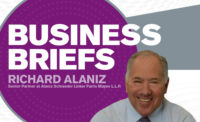It should come as no surprise that self-declared “union man” President Biden put enforcement of workplace regulations near the top of his administration’s priorities, surpassed in importance perhaps only by his commitment to resurrect unions as a force in the workplace. Aggressively enforcing workplace laws is the primary manner the Biden administration can demonstrate it is protecting workers’ interests.
In his first week in office, President Biden directed the Occupational Safety and Health Administration (OSHA) to double its number of compliance officers and conduct more workplace inspections. Another clear indicator of the administration’s intent to tighten workplace laws is the appointments to the Department of Labor (DOL) and National Labor Relations Board (NLRB). As they say, personnel is policy.
The administration appointed Marty Walsh, a former East Coast construction union boss, as Secretary of Labor. As his deputy secretary most responsible for enforcement, the administration appointed former California Secretary of Labor and Workforce Development Julie Su. In that role, she was known for her aggressive enforcement of the California Labor Code. Biden also appointed David Weil as head of DOL’s Wage and Hour Division. Weil played a major policy-making role in the Obama DOL. He was the primary impetus behind the high-profile but ultimately unsuccessful attempt to double the overtime exemption salary threshold.
In support of his pro-union agenda, President Biden made several critical appointments to the NLRB. While this federal agency goes largely under the radar, its significant power includes regulating relations between employers and unions. It also deals with a growing list of employee activities in non-union workplace known as “protected concerted activities.”
Biden appointed three former union attorneys to the five-member board, including another long-term union attorney, Jennifer Abruzzo, as general counsel. Abruzzo promptly announced her priority would be identifying pending and incoming cases whereby they could reverse what are considered management-friendly decisions by the Trump-appointed NLRB. She also stated her intention to expand remedies in unfair labor practice cases. Employers will be confronting a decidedly pro-union NLRB.
Despite these appointments, there has not yet been any widespread enforcement activity. One likely reason is that the majority of DOL workers are not scheduled to begin the gradual return to their offices in person until early January 2022. Once fully staffed, OSHA workplace inspections will likely rapidly ramp up. Those few inspections that have occurred during the pandemic have focused primarily on compliance with COVID-19 protective measures. Even if the COVID Emergency Temporary Standard (ETS) is permanently blocked, as appears likely, preventive measures recommended by the CDC will continue to be a focus of audits. Now would be a good time to conduct a self-audit of your workplace to ensure that you are in compliance. The audit should carefully assess not only those traditional workplace safety concerns such as proper PPE usage, proper guarding on equipment, lock out/tag out procedures, proper labeling and storage of hazardous materials, and similar day-to-day issues, but also consistent compliance with recommended COVID-19 preventive measures.
A renewed attempt to raise the salary threshold that exempts employers from being required to pay time-and-one-half overtime is also likely. In 2016, the Obama Administration tried to double this threshold to $47,500. Businesses challenged that effort, and it was ultimately blocked by a federal judge. The litigation was pending when Trump took office, and his Administration decided against continuing the litigation. His administration implemented a more moderate salary threshold of $35,568 that is currently in effect. The Biden administration will likely seek an increase in the threshold, perhaps even higher than the previously proposed $47,500. Such an increase would entitle millions of additional workers to overtime pay. It seems likely the effort to raise the overtime threshold will begin in earnest prior to the mid-terms.
On the pro-union side, we can expect an active NLRB with union-friendly decisions and rulemaking, especially those relating to union elections. Restoring the “quickie election” rules eliminated by the Trump NLRB will likely be first on their list. Those rules provided for union elections as soon as 10 days after a union filed its election petition. We should also expect NLRB decisions that limit employer conduct in opposing unions.
In addition, at the Congressional level, we are already seeing a concerted effort to pass the Protecting the Right to Organize Act (PRO Act). It is organized labor’s highest priority, and Biden repeatedly touted its importance on the campaign trail. Among other changes, it would eliminate state right-to-work laws, permit union secondary boycotts, ban employee meetings where employers speak against unions, and impose, for the first time ever, $50,000 fines for unfair labor practices. It would also permit civil suits against company officers that interfere in union elections. The House passed the PRO Act in 2020, but it has been stalled in the Senate. Attempts to include it in the reconciliation bill were rejected, but the provisions for fines for unfair labor practices are included.
It is an open question whether unions can increase their numbers even with the Administration’s thumb on the scales. Nonetheless, employers should take preventive measures on the off chance that a union targets your workplace. Managerial and supervisory training on recognizing and lawfully responding to union organizing efforts is of utmost importance. Few managers or supervisors today are familiar with unions. Well-intentioned actions or comments by inexperienced supervisors or managers that nonetheless violate the law could result in costly fines, as well as in overturning of a company election victory.
The fact that we have not yet seen an aggressive push to enforce workplace laws by the administration should not lull employers into complacency. Now is the time to take the necessary steps to ensure your workplace can withstand increased governmental enforcement we are likely to experience.








